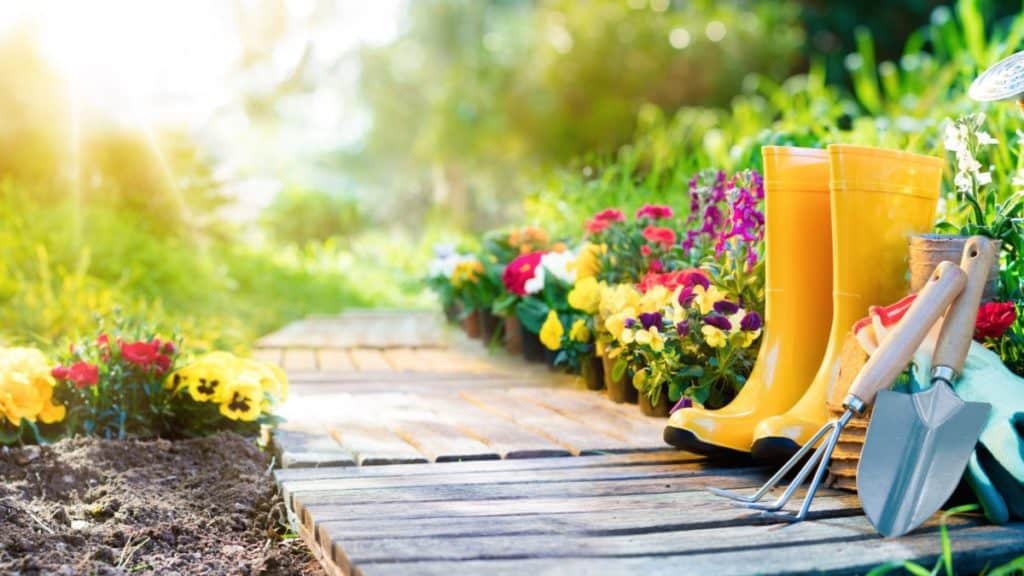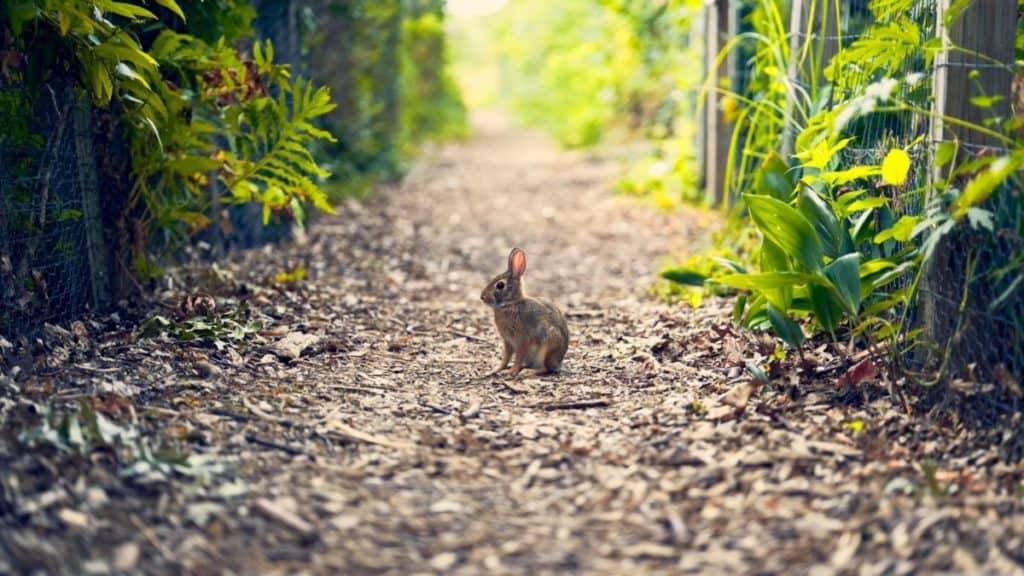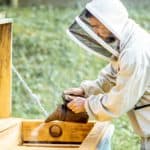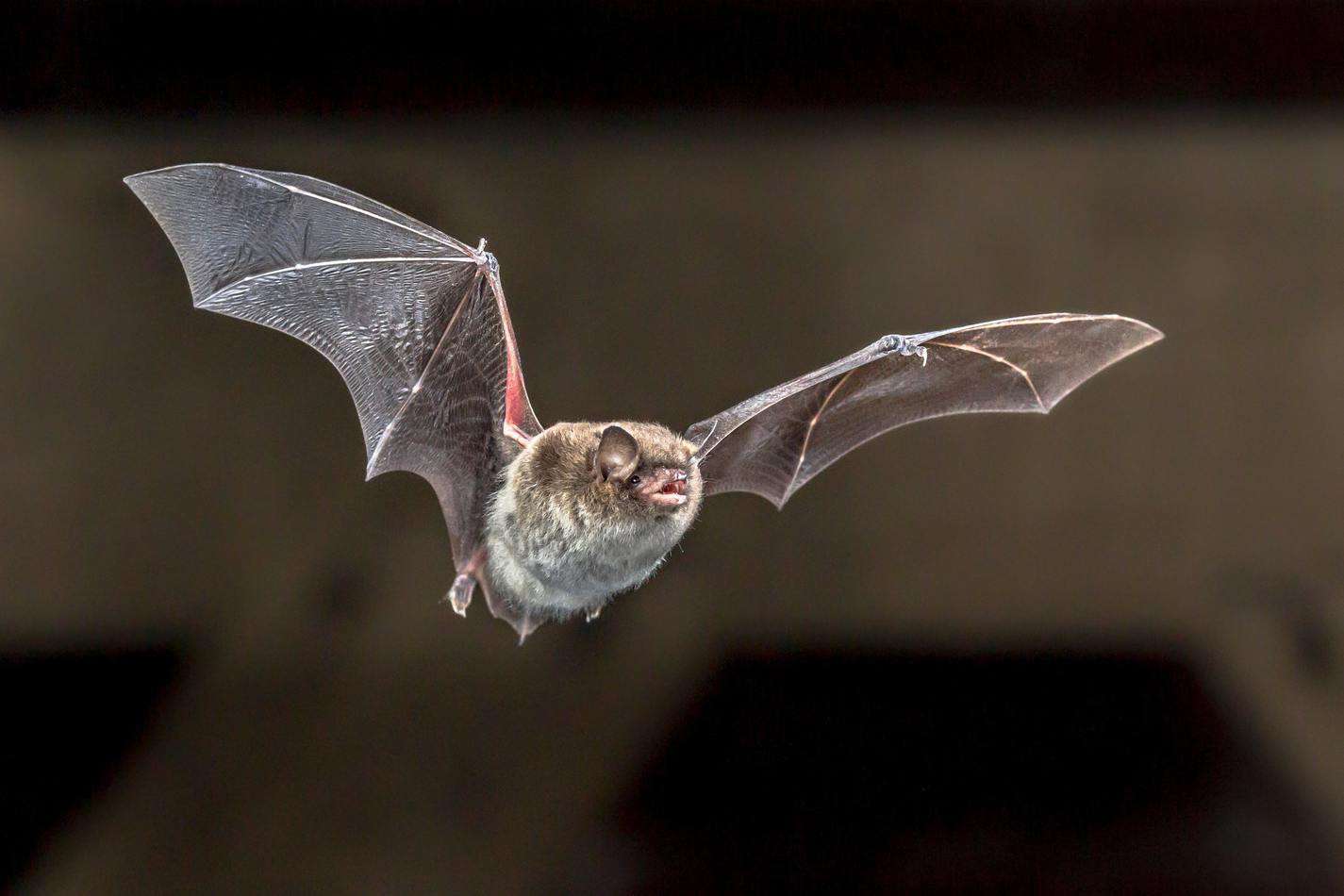Gardens require a lot of hard work to maintain. There is nothing more rewarding than a beautiful garden or bountiful harvest at the end of the season. However, yard pests like rabbits are keen to feed themselves after all of the hard work you’ve done to grow your garden. What are some of the best ways to keep gardens rabbit-free?
The best way to keep rabbits out of your garden is to modify the structure of your garden. You can make your garden a challenge for rabbits to inhabit in order to encourage them to find somewhere else to settle down. Rabbits are looking for places to live and find food, and flourishing gardens are the perfect place for them to feed on delicious plants. Making your garden inaccessible to them is a good way to deter rabbits from making a home there. There are various things you can do to protect your garden, including:
- Removing rabbit nesting areas
- Protecting the perimeter of your garden
- Protecting individual plants targeted by rabbits
- Installing rabbit repellants
- Using natural rabbit predators
These measures are harm-free and effective year after year. There’s no need to trap or harm any rabbits in the process. Making permanent modifications to your garden can help protect your plants for several growing seasons.
There are a few tricks to making your garden as inaccessible to rabbits as possible. Read on to discover how to make these changes and drive rabbits out of your garden.
The Strategy: Making Your Garden Hard to Live In

Think about it: gardens are the perfect spot for a family of rabbits to settle down. Your garden is lush and well-maintained, grows abundant food or flowers, and is nice and peaceful for much of the day. To deter rabbits, you should focus on making your garden hard for them to access. If you make your plants a challenge to get to, the rabbits will find that the plants you grow are not worth the stress or effort. They will then leave and seek other places to find food and shelter.
The following suggestions are all based on the idea of making your garden environment less welcoming to rabbit populations.
Removing Nesting Areas
Rabbits reproduce very quickly, with a litter size between 10 and 14 babies. Letting a mother rabbit raise her young close to your garden is a recipe for disaster.
To remove potential nesting sites, trim back the kinds of plants that rabbits like to nest in. Rabbits prefer long grasses, as well as sheltered areas beneath bushes. Try trimming back any overgrown parts of your lawn, and clearing out beneath any bushes or shrubs close to your garden. Doing this will clear out any hidden areas where rabbits could make nests. Rabbits can also dig beneath buildings or junk piles, so check these places and block them off to prevent rabbits from digging there.
Recommended: Jardinner Professional Hedge Clippers
An important note: if you find a rabbit warren, do not attempt to relocate the baby rabbits yourself without first calling your local wildlife center for help.
Installing a Perimeter Fence
If you have a patch of garden that can be surrounded by a fence, consider installing chicken wire to keep rabbits away from your plants. The spacing in the wire should be small enough that rabbits cannot crawl or stick their heads in between the holes.
Recommended: WamBam Fence – Garden Metal Fence
Remember that rabbits can jump up to two feet high, so make sure the fence is tall enough to be effective at keeping them on the other side. Rabbits are also powerful diggers, so make sure to bury part of the wire fence at least half of a foot beneath the ground so they can’t dig under it.
Protecting Individual Plants
If rabbits are only targeting certain plants, consider creating individualized protection in your garden. Chicken wire can be cut to size and wrapped around young plants and sprouts, which are common rabbit targets. Be sure to position the wire far enough away from the plant to give it room to grow. If the plant grows larger, it may get so close to the chicken wire that rabbits could reach in and nibble at it. You can also buy plant cages from your local garden store if you don’t want to make them out of chicken wire.
Often, especially in the winter, rabbits will nibble on tree bark. You can purchase trunk protectors for your trees if you find that rabbits are damaging the trunks of your trees. Remember to adjust the protector if it snows, as rabbits can use the snow to reach higher on the trees.
Using Natural Rabbit Repellants
Though it may seem like rabbits make a meal out of everything, there are some plants that rabbits will stay away from. Planting marigolds, lavender, onions, spicy globe basil, oregano, or mint in your garden can make rabbits look elsewhere for things to eat (and you can use them to create some delicious food yourself!).
These Work Great!: Shake Away Fox Urine Granules
Chemical repellants from the store may work to deter rabbits, but make sure you read the label carefully before applying them to any plants you and your family might consume. You can make a natural rabbit repellant using cayenne pepper, garlic powder, soap, and water. Be sure to wash vegetables and herbs thoroughly before consumption.
Use Dogs or Natural Predators
If you have a dog, let it roam the garden often to discourage rabbits from nesting or living there. If you don’t have a dog, letting someone else’s dog over once in a while may do the trick as well. You can also pick up a bag of dog hair clippings from your local groomer. Even the scent of dog hair may be enough to chase rabbits away.
Outdoor cats will also keep rabbits at bay, but cats pose a danger to the local environment and generally should live inside. They might prey on rabbits, but they also wreak havoc on other local wildlife like songbirds.
Owls, foxes, coyotes, and hawks all prey on rabbits and can be encouraged to stay near your garden to keep rabbits away. Just be sure that they won’t pose a threat to your pets in the meantime.
Trap and Release Rabbits Humanely
Lets face it, rabbits may be a pain but no body really wants to hurt peter cottontail. They can be pretty cute little fellows and are completely harmless to humans. A great way to get rid of them with a little extra effort is to simply trap them and release them in a wooden environment, where they can thrive without damaging your garden.
Recommended: Tomahawk 934 Dura Poly Live Trap
Related Questions

How do I know if I have a rabbit problem?
Rabbits leave a trail when they make a home in your garden. You may find the most obvious signs when you look closely at your plants. When rabbits eat, they make the plants look like they have been pruned too short. If plants are young and small, they may be eaten and entirely disappear.
Rabbits also leave their mark on the surrounding areas. Hoses, wooden fencing, shrubs, and the lower parts of tree bark may all show signs of biting and chewing. You may discover rabbit droppings in your garden, which are dark and about the size of a pea. Next to the droppings, you might also find rabbit tracks, left behind by their distinctive long back feet.
Many animals like to prey on gardens, but the types of bite marks combined with the presence of tracks and droppings are indicative of rabbits living in the area.
Can I shoot or trap rabbits in my garden?
If you decide to take a more direct approach in keeping rabbits out of your garden by using guns or traps, be sure to follow all of the laws in your city or town. In urban or densely populated suburban areas, it is usually illegal to fire a gun under any circumstances. Gun mishaps can easily harm nearby people or animals in dense population centers, so it is unwise to shoot at something small and fast like a rabbit.
Traps may also be questioned by the local authorities, as traps designed for rabbits can easily catch cats or small dogs, bringing unwanted harm to domesticated animals.
If you would like to install catch-and-release traps in your garden, contact your local wildlife center for some ideas and best practices. For your traps to be truly harm-free, you must also know what to do when the rabbit is in your care and the proper place to release the rabbit.
Using some or all of these methods will help rabbits leave your garden alone. Most of these methods can be easily integrated into your garden routine, or purchased once and set up again every year. With these in place, your garden should see a significant decrease in damage caused by rabbits.






